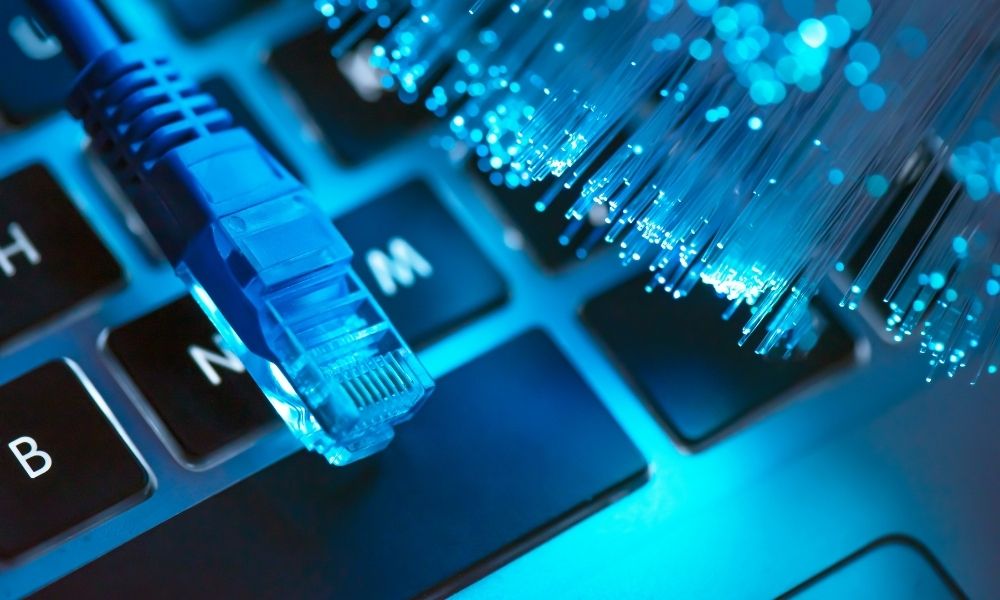
Business networks have very high demands. They need high speed, the ability to cover long distances, and often heavy bandwidth connections. When IT is enlisted for network setup, they strive to establish the most efficient connection—which is often where fiber optics come into play.
Fiber optics transmit light pulses along amenable glass threads. Though a costlier investment than copper cables, optic cables have gradually become the number one option for new or upgraded networks. CableWholesale explores why IT professionals choose fiber optics above all else.
They Offer Faster Data Transmission
Data transmission rates are measured in gigabits of data per second (Gbps) or, in some cases, terabits per second (Tbps). While most manufactured copper cable transmissions max out at 40 Gbps, fiber optics are reported to transfer data with nearly the speed of light.
Fiber Optics Can Cover Longer Distances
Attenuation is the weakening of a signal over distance. Both copper and fiber wires suffer from attenuation, but, notably, fiber optics signal can carry for much longer than copper.
Limited at roughly 330 feet, copper cables can serve well in smaller facilities. In fact, CableWholesale’s bulk cat5e cables can be finessed by IT to expand across greater distances, with consideration for signal transference. Fiber optic cables, however, can carry signals for well over 24 miles—an impressive fete for company’s that have a high cabling demand!
They’re Unaffected by EMI
Troubling EMI is one of the main reasons why IT professionals choose fiber optics over other wires. EMI, or electromagnetic interference, occurs when electrical signaling creates a field of interference surrounding cables. Cables that run near each other can suffer from crosstalk, which impedes signal transmission.
Because fiber optics transmit light, they do not generate EMI. The lack of EMI reduces security risks and the need for retransmission—a win-win for IT professionals.
Optimal for Space and Cable Management
Fiber optics strands are incredibly narrow with roughly the same diameter as human hair. Though physically less demanding than their counterpart, fiber optics are still able to send vast data at favorable speeds and distances. They’re often safeguarded with protective sheathing that puts them at about two millimeters in width.
Fiber optics are incredibly easy to manage because of the minimal space they consume. IT professionals have easier access to input areas and can rest assured their equipment is getting greater air circulation. Cable management becomes much more feasible with these narrow, proficient wires.



